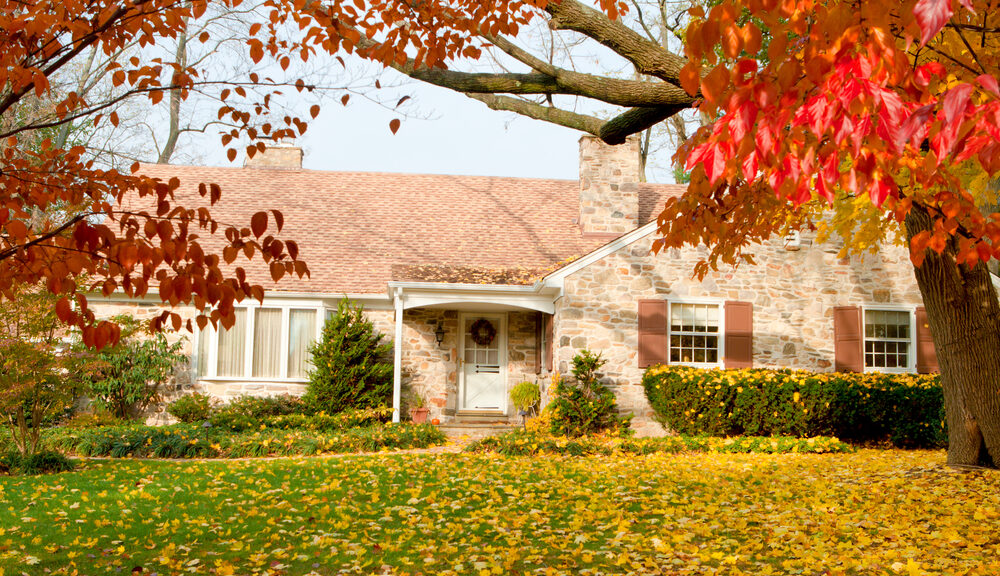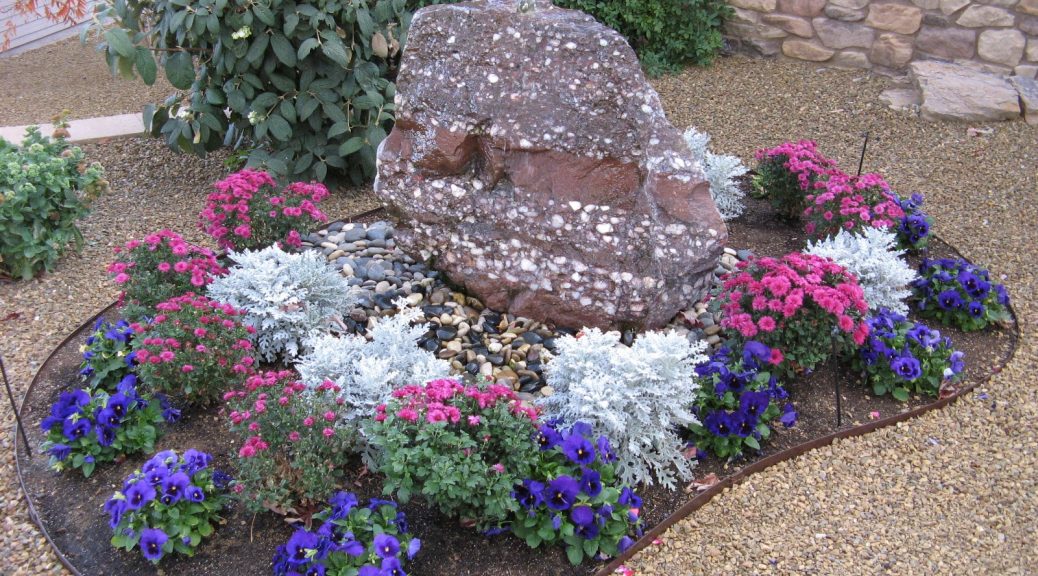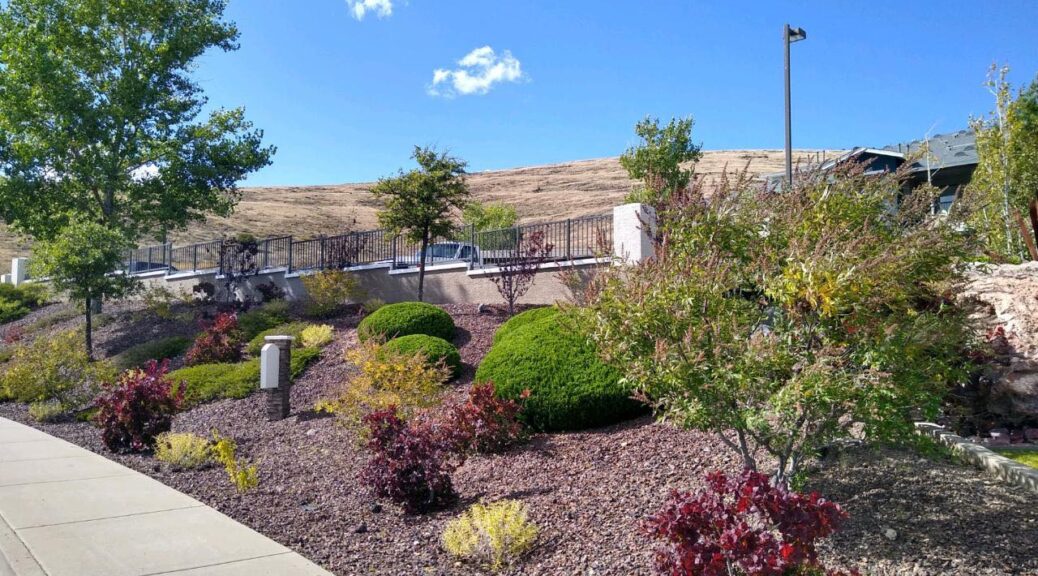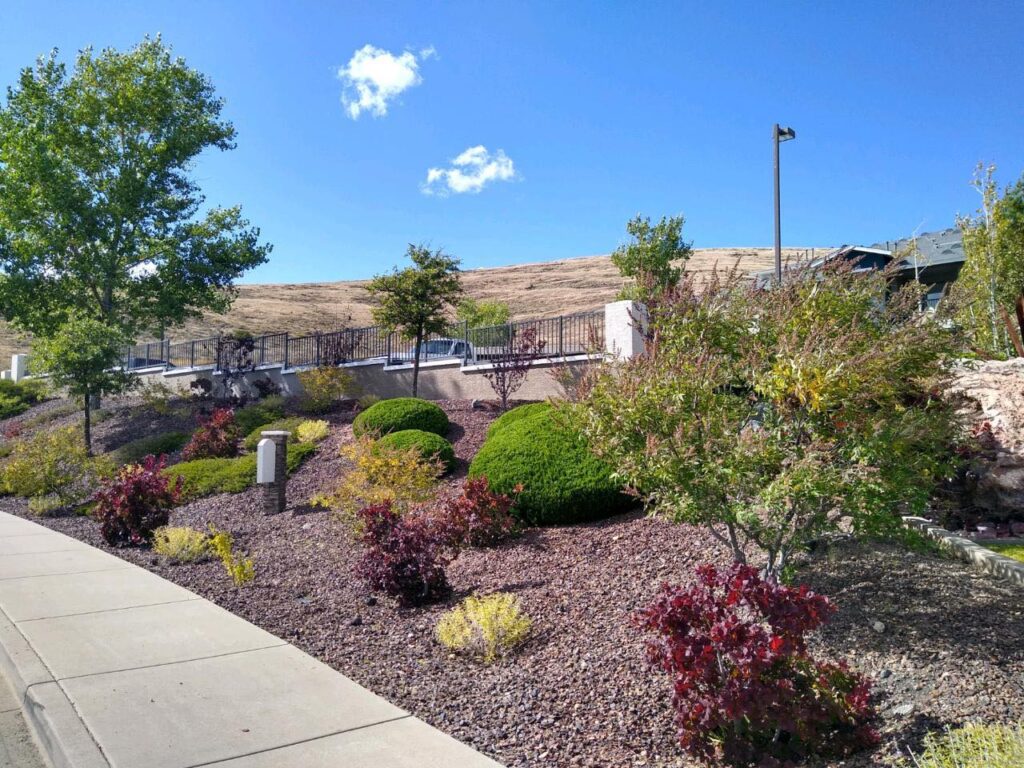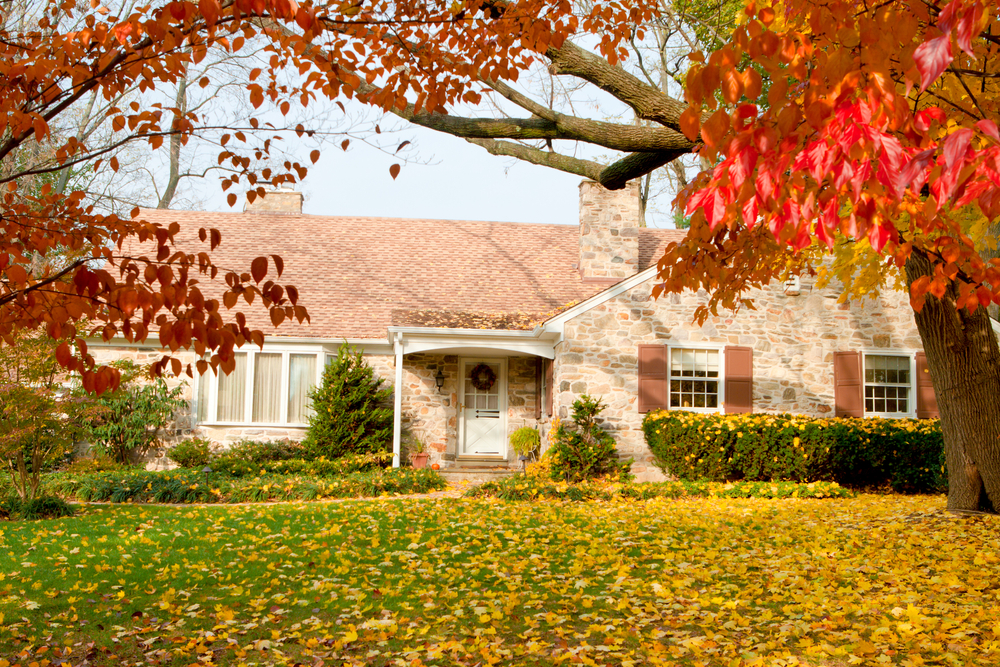
Fall in Northern Arizona, brings cooler temperatures and vibrant foliage. The unique high desert climate requires specific yard maintenance practices to keep your landscape healthy and attractive. Here are five easy tips for maintaining your yard this fall in Northern Arizona.
1. Clear Fallen Leaves and Debris
While Prescott may not have as many lawns as other regions, the beautiful fall foliage still means plenty of leaves on the ground. Clearing these leaves and debris from your yard is essential to prevent pests and diseases. A clean yard also ensures that your plants get the sunlight and air they need to thrive.
Tip: Use a rake or a leaf blower to gather leaves, and consider composting them to create nutrient-rich mulch for your garden beds.
2. Maintain Xeriscape Areas
In the high desert climate, xeriscaping is a popular landscaping method that uses drought-resistant plants and minimal water. Fall is a good time to tend to your xeriscape areas. Remove any dead or dying plants, prune back overgrown shrubs, and clear away weeds to keep the area tidy and healthy.
Tip: Apply a fresh layer of mulch around your plants to retain moisture and suppress weeds. Mulch also helps protect plant roots from temperature fluctuations.
3. Check Irrigation Systems
As the temperatures drop, it’s important to ensure your irrigation system is in good working order. Check for any leaks or blockages, and adjust your watering schedule to match the cooler weather. Overwatering can be as detrimental as underwatering, especially in the fall when plants require less moisture.
Tip: Consider using drip irrigation for more efficient water use. This method delivers water directly to the plant roots, reducing evaporation and runoff.
4. Prune Trees and Shrubs
Pruning is essential to maintain the health and appearance of your trees and shrubs. Fall is an excellent time to remove dead or diseased branches, which helps prevent the spread of disease and encourages new growth. Be sure to use sharp, clean tools to make precise cuts.
Tip: Focus on pruning any branches that are crossing or rubbing against each other, as well as those that block light from reaching the lower parts of the plant. For larger trees, it may be best to hire a professional arborist.
5. Plant Native Fall Flowers and Bulbs
Even in the high desert, you can add color to your yard in the fall by planting native flowers and bulbs. Choose plants that are well-suited to the Northern Arizona climate, such as desert marigolds, penstemons, and asters. Planting spring-blooming bulbs like daffodils and tulips in the fall ensures a vibrant display when the weather warms up.
Tip: When planting bulbs, choose a sunny spot with well-drained soil. Plant them at a depth of about three times the height of the bulb, with the pointed end facing up.
Conclusion
Maintaining your yard in Northern Arizona’s high desert climate requires some unique considerations, but it doesn’t have to be a daunting task. By following these five easy tips—clearing fallen leaves and debris, maintaining xeriscape areas, checking irrigation systems, pruning trees and shrubs, and planting native fall flowers and bulbs—you can keep your landscape healthy and beautiful. These simple steps will prepare your yard for winter and set the stage for a vibrant spring. If you need assistance with your landscaping in the fall or year-round contact us!
928-636-1601




